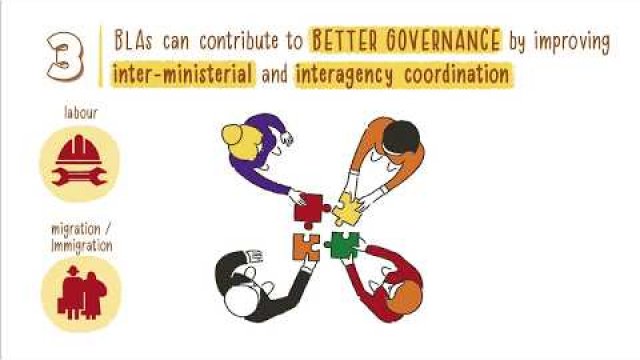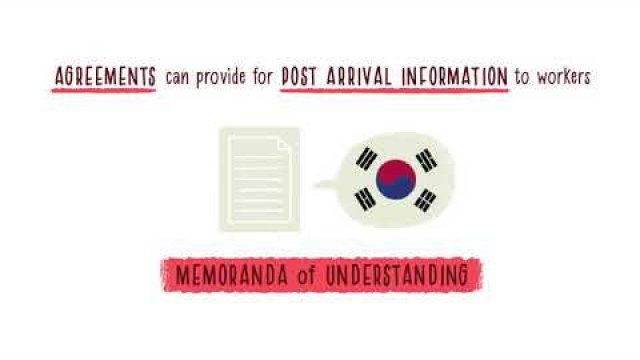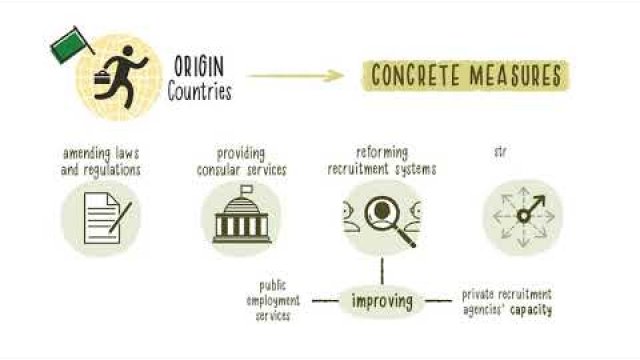
Developing and implementing bilateral labour migration agreements in Africa
Developing and implementing bilateral labour migration agreements in Africa
A training toolkit created by the ILO, IOM, and ITCILO

About the toolkit
Welcome to the joint International Labour Organization and the International Organization for Migration’s training toolkit on Developing and Implementing Bilateral Labour Migration Agreements in Africa.
Drawing on the experiences of both the ILO and IOM in providing technical support and advice on labour migration to governments, regional economic communities and other partners, this toolkit aims to provide you with practical guidance on developing and implementing effective bilateral labour migration agreements to improve the governance of labour migration flows, strengthen the protection of migrant workers, and ensure that international recruitment and placement responds to labour market needs.
The toolkit was designed by the International Training Center of the ILO (ITCILO) based on contributions from ILO and IOM, and the financial support of the Government of Sweden.
Who is it for?
-
Officials, policymakers or practitioners from public institutions and ministries dealing with migration and/or international relations
-
Representatives of employers' organisations
-
Representatives of workers’ organisations
-
Representatives of public employment services or private recruitment agencies
-
Experts from regional or international organisations managing migration programmes
-
Members or staff of civil society organizations and NGOs engaged in migrant workers’ issues
How does it work?
This four-module toolkit will guide you through all the steps of the development of BLMAs, from the design and negotiation to the implementation of bilateral labour migration agreements.
Throughout this self-paced training, you will have to interactive material with exercises, quizzes and videos.
- Module I: The case for BLMA in Africa
- Module II: Getting it right on paper
- Module III: Making bilateral labour migration agreements work better in practice
- Module IV: Enhancing Our Negotiation Skills

This module will present the objectives and added value ofentering into BLAs, place them in their historical context, and introduce you to some of the challenges and good practices associated with BLAs.

This module will take you through the steps and good practices for preparing and drafting BLAs.

In this module, we will examine mechanisms for implementing, monitoring and evaluating BLAs.

This module will expose you to the different negotiation techniques and enhance your skills for barganing towards win-win outcomes.
What will you be able to do?
After completing the different modules of the toolkit, you will be able to:
- Recognise situations and priorities for which concluding bilateral labour migration agreements have an added value
- Outline the steps involved in developing and implementing bilateral labour migration agreements
- Critically assess agreements and identify options to improve them based on international standards and good practices
- Understand how to make use of relevant international human rights and labour standards and tools in the context of bilateral labour migration agreements
- Identify key challenges and good practices at each phase of the BLMA process
- Apply monitoring and evaluation tools to bilateral labour migration agreements
Ready to start?
Learn more
Watch the following informational videos and learn more about the key concepts and main highlights of Bilateral Labour Migration Agreements.





